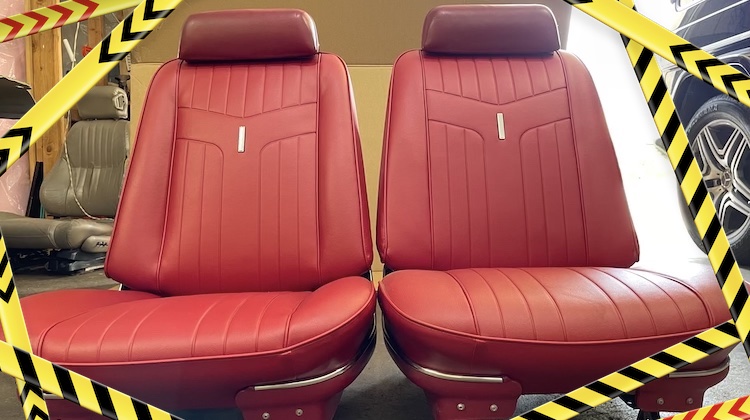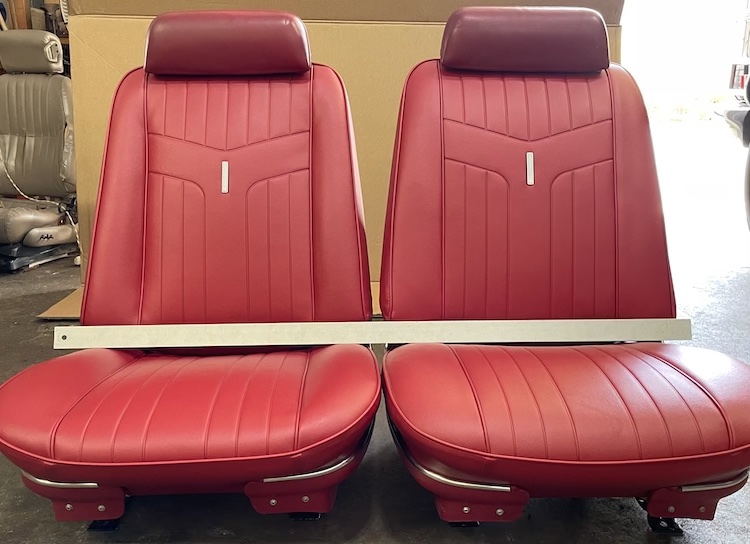
As an auto upholsterer, there’s nothing more satisfying than restoring a classic car interior to its former glory. But sometimes, even the best efforts can hit an unexpected snag. Recently, I fully restored a pair of 1969 Pontiac GTO bucket seats for a customer, only to discover a hidden issue that left us both scratching our heads.
The restoration began like any other project. The seats were stripped, the frames sand blasted and powder coated, and the foam replaced with new cushions. The customer had supplied the foam — a set he’d purchased online at a bargain price. At first glance, I was happy with them. The listing wire was already embedded in the foam, saving me the trouble of cutting through it to add my own. The reupholstering process went smoothly, and when the job was done, the seats looked fantastic. The customer was thrilled.
But just a month later, he was back in the shop with an unusual request: “Can you swap out the foam?” He explained that after installing the seats in his car, he realized something was off. The seats sat too high, causing him to feel cramped and even brushing his head against the headliner. His research revealed a common issue with some aftermarket seat foams — particularly cheaper options — that are too bulky in the center, throwing off the seating position.
Determined to get it right, the customer opted to purchase foam cushions from American Cushion Industries, a brand renowned for its precise fit and quality. When the new foam arrived, I was curious to see how it compared to the original set. The difference was night and day.
The first set of foam sat about an inch and a half higher in the middle insert area, creating a flatter look and pushing the driver and passenger higher than they should have been. In contrast, the American Cushion Industries foam provided a more natural contour and allowed the seats to sit at the correct height. The visual difference was also striking — as shown in the photo below, you can clearly see how the first foam made the seat face appear flat and awkward compared to the more authentic shape achieved with the second foam.

This experience taught me an invaluable lesson: the importance of choosing the right foam for classic car restorations, particularly for 1966 through 1972 GM Strato bucket seats. While it may be tempting to cut costs by purchasing the cheapest option available, the long-term consequences can be costly and frustrating. Foam that’s too bulky or poorly designed not only compromises the seat’s appearance but also affects the comfort and safety of the driver and passengers.
When restoring classic bucket seats, always prioritize quality over convenience. Do your research, invest in foam cushions from reputable manufacturers, and don’t be afraid to spend a little extra to ensure the best results. Trust me — your customers (and their heads) will thank you.
If you’ve encountered similar challenges or have tips for selecting the right seat foam, we’d love to hear your stories. Share your experiences in our auto upholstery forum. Together, we can keep the art of auto upholstery thriving!
Recent Comments